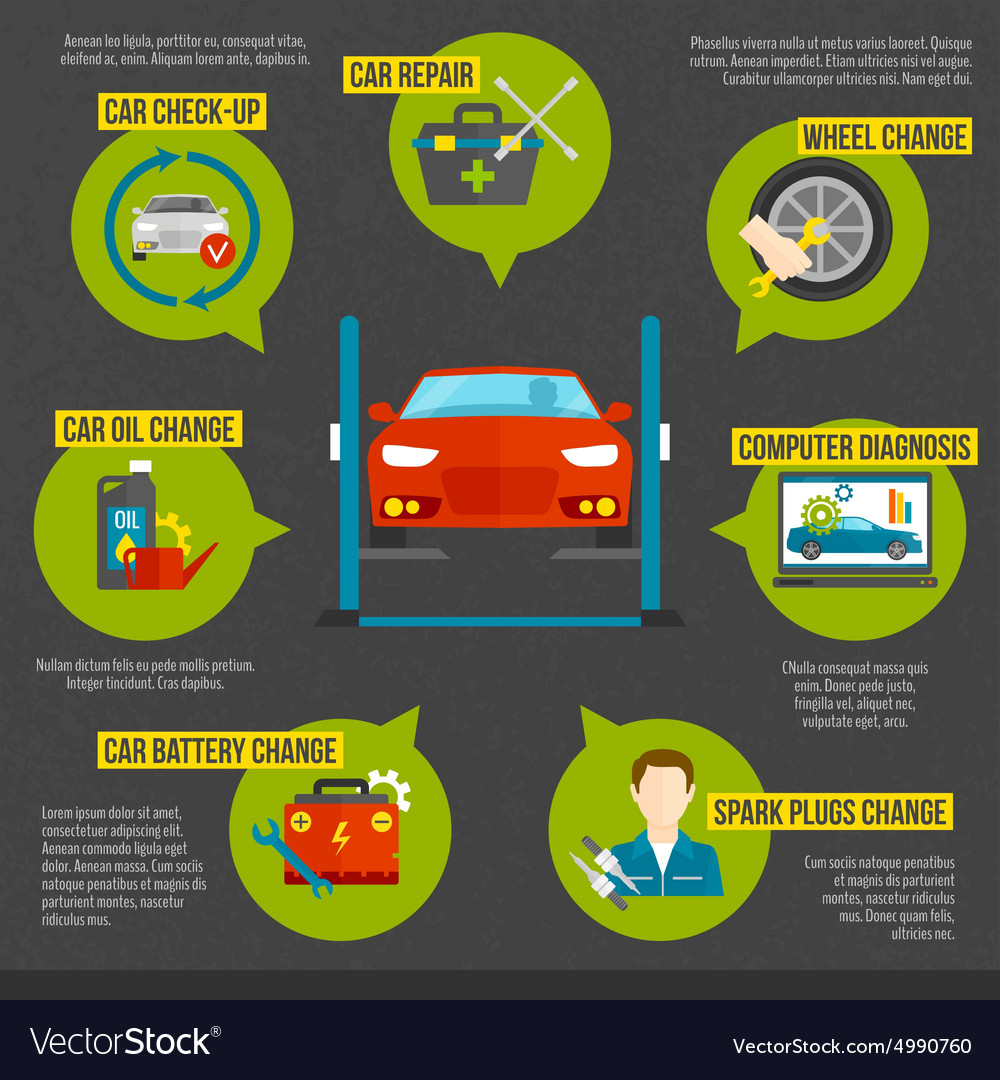Wondering Concerning The Definition Behind Those Control Panel Warning Lights? Gain Understandings Into Their Ramifications For Your Car'S Security And Upkeep
Wondering Concerning The Definition Behind Those Control Panel Warning Lights? Gain Understandings Into Their Ramifications For Your Car'S Security And Upkeep
Blog Article
Published By-Sykes Shepherd
When you're behind the wheel, those beautiful caution lights on your dashboard can be a little bit perplexing. Do you recognize what they're attempting to inform you about your automobile's health? Recognizing the significance of these lights is crucial for your safety and the longevity of your car. So, the following time among those lights pops up, would not you want to analyze its message properly and take the essential steps to resolve it?
Common Warning Lighting and Interpretations
Recognize usual caution lights in your car and understand their meanings to ensure risk-free driving.
One of the most typical caution lights include the check engine light, which indicates concerns with the engine or discharges system. If this light begins, it's crucial to have your vehicle checked quickly.
The oil stress alerting light suggests reduced oil pressure, calling for prompt interest to avoid engine damage.
A flashing battery light could suggest a defective billing system, potentially leaving you stranded otherwise addressed.
https://drivers-training-near-me73973.59bloggers.com/30363782/enter-a-future-where-technology-and-personalization-transform-vehicle-outlining-supplying-unrivaled-protection-and-efficiency tracking system (TPMS) light notifies you to low tire stress, impacting car security and gas effectiveness. Neglecting this might result in unsafe driving conditions.
The abdominal muscle light indicates a trouble with the anti-lock stopping system, compromising your capacity to quit promptly in emergencies.
Last but not least, the coolant temperature level warning light warns of engine overheating, which can cause extreme damages otherwise solved promptly.
Comprehending these typical warning lights will certainly assist you attend to concerns immediately and preserve safe driving problems.
Importance of Prompt Attention
Understanding the usual warning lights in your automobile is only the initial step; the relevance of immediately addressing these cautions can't be emphasized sufficient to ensure your safety and security when driving.
When a warning light illuminates on your dashboard, it's your auto's method of connecting a possible problem that needs interest. Disregarding these cautions can lead to much more severe troubles in the future, compromising your security and potentially costing you a lot more in repairs.
Motivate interest to warning lights can avoid failures and mishaps. For example, a blinking check engine light can indicate a misfire that, if left neglected, can trigger damages to the catalytic converter. Addressing this quickly can save you from an expensive repair service.
In Link Website , a brake system advising light could indicate low brake fluid or used brake pads, vital parts for your safety and security when driving.
Do It Yourself Troubleshooting Tips
If you discover a caution light on your dashboard, there are a few do it yourself fixing ideas you can try prior to looking for professional help.
The first step is to consult your automobile's guidebook to recognize what the specific caution light suggests. Occasionally the problem can be as basic as a loose gas cap activating the check engine light. Tightening up Discover More Here may resolve the problem.
An additional typical concern is a reduced battery, which can trigger different alerting lights. Inspecting the battery connections for deterioration and guaranteeing they're secure may fix the issue.
If a warning light lingers, you can attempt resetting it by detaching the auto's battery for a couple of mins and afterwards reconnecting it. Furthermore, checking your car's fluid degrees, such as oil, coolant, and brake fluid, can help troubleshoot advising lights connected to these systems.
Verdict
To conclude, comprehending your auto's warning lights is vital for keeping your car running efficiently and safely. By promptly resolving these alerts and knowing what they mean, you can stay clear of costly fixings and prospective failures.
Keep in mind to consult your auto's manual for specific information on each warning light and take action as necessary to ensure a hassle-free driving experience.
Stay educated, remain secure when driving!
